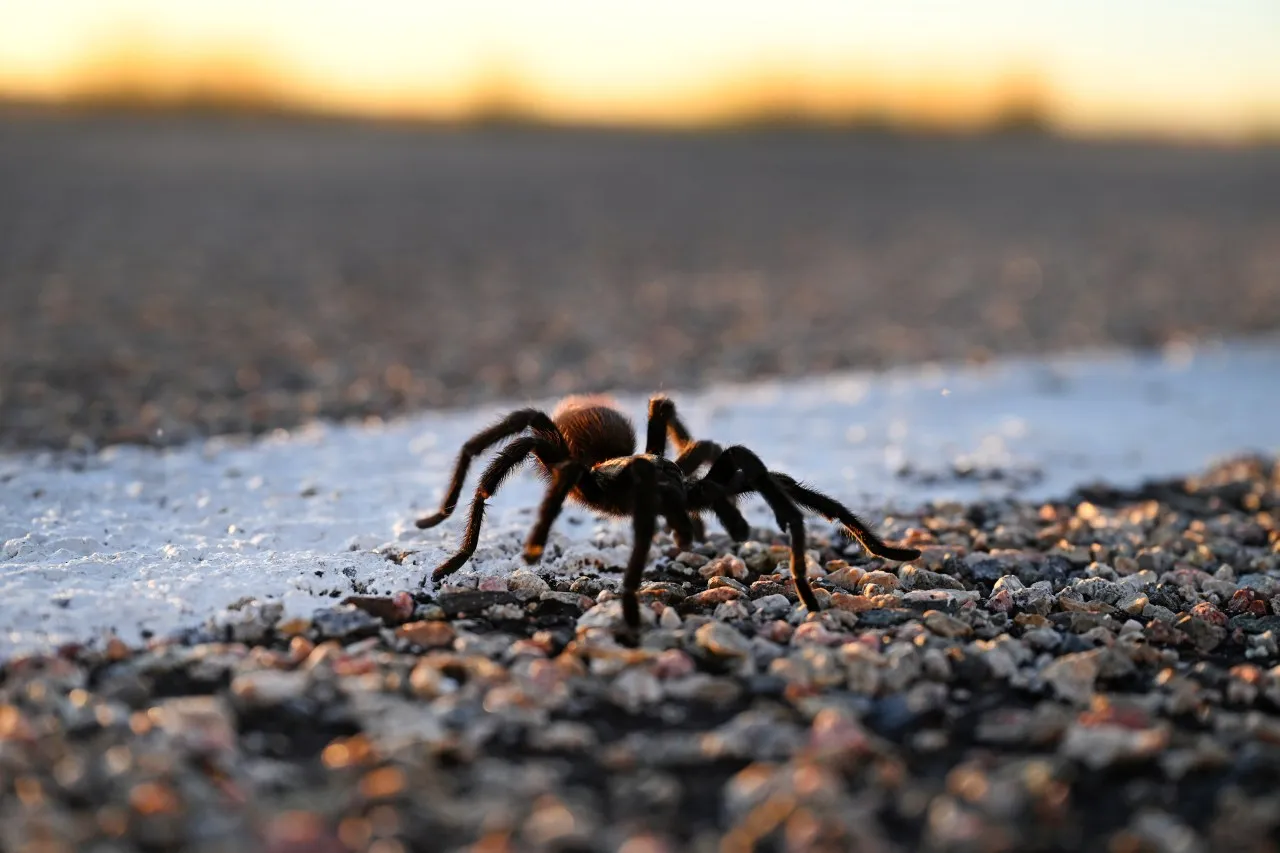What is the Colorado Tarantula Migration?
The Colorado tarantula migration is a remarkable annual spectacle in which thousands of tarantulas, primarily the Oklahoma Brown Tarantula (Aphonopelma hentzi), embark on a journey to find mates. This fascinating event typically occurs in late summer and early fall, transforming the landscape as these large, hairy spiders become highly visible, traversing open spaces and roadways. The migration is not merely a random wandering it’s a critical part of their reproductive cycle. Males, reaching maturity, leave their burrows to seek out females, who remain in their own burrows, waiting for a suitable mate. This mass movement creates an exceptional opportunity for wildlife enthusiasts and nature photographers to witness a unique natural phenomenon. Observing this migration provides a rare glimpse into the lives of these often-misunderstood creatures, showcasing their resilience and the intricate cycles of the natural world.
Understanding the Tarantula Life Cycle
To fully appreciate the tarantula migration, understanding their life cycle is key. Tarantulas can live for many years, with females often outliving males. They start as eggs, developing into spiderlings, and going through multiple molting stages as they grow. Males mature faster than females and, once they reach adulthood, their primary goal becomes finding a mate. This quest is the driving force behind the migration. The females, living in their burrows, release pheromones to attract males. When a male finds a receptive female, he will mate with her. Afterward, the male’s life is often short-lived as he may be eaten by the female. The female will then lay eggs, continuing the cycle. This entire process highlights the delicate balance of nature, and the critical role the migration plays in the survival of the species. The migration is a testament to the tenacity of these creatures, showcasing their resilience and instinctual drive to propagate their kind.
The Annual Migration
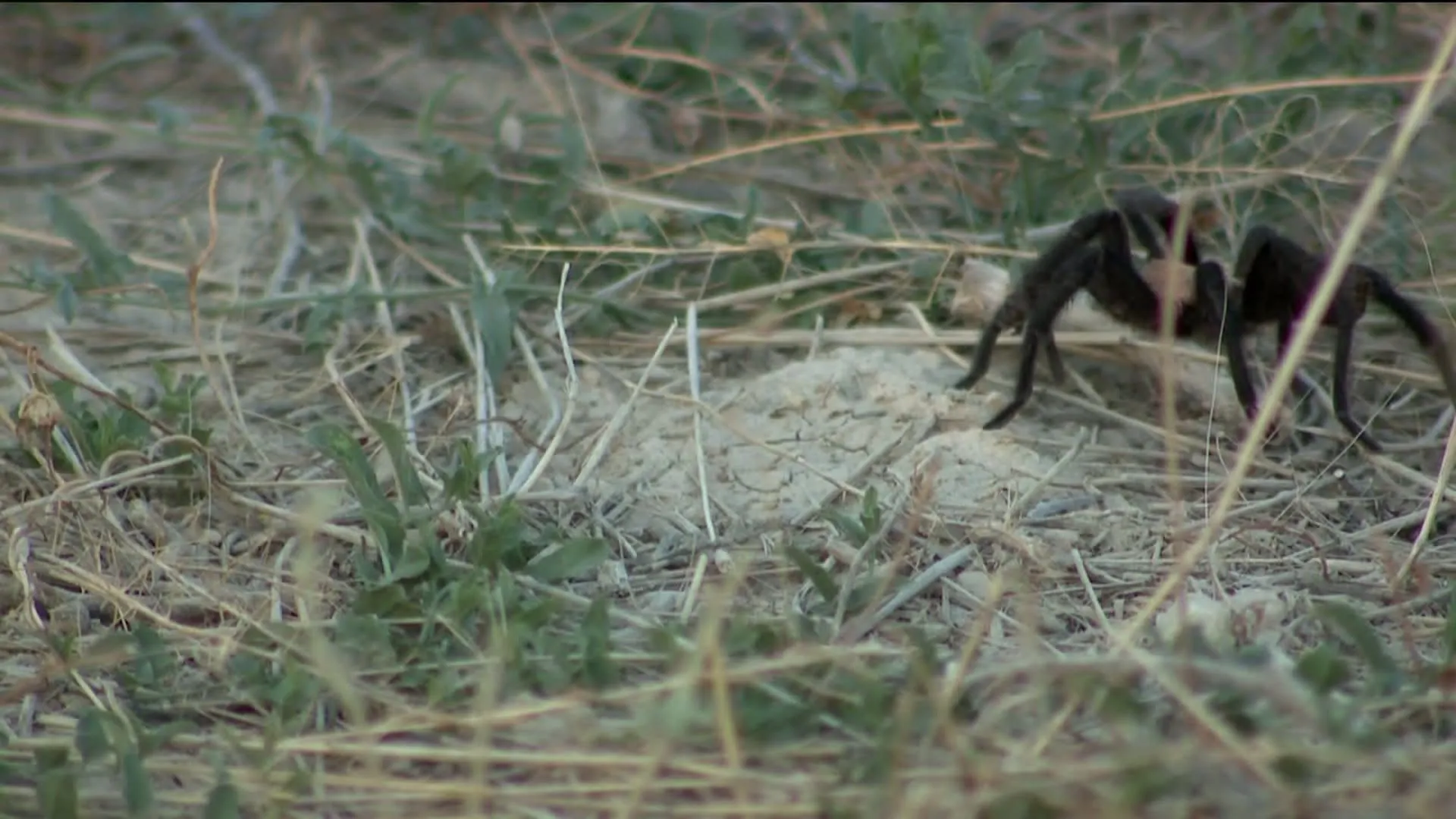
The annual tarantula migration in Colorado is a predictable yet unpredictable event, influenced by environmental factors such as temperature, humidity, and rainfall. Usually starting in late August and continuing through September or even into October, it’s when the male tarantulas begin their search for mates. The migration’s intensity varies from year to year, depending on the weather conditions and population sizes. Warm temperatures and periods of rain often trigger the migration, while drought or colder temperatures may delay it. During this time, the male tarantulas, easily recognizable by their larger size and long legs, can be seen wandering across roads, fields, and open spaces. This mass movement provides a rare opportunity for people to witness an amazing natural phenomenon, and it’s a special time for those interested in wildlife observation to learn more about these fascinating creatures.
When and Where to See the Migration
The best time to see the tarantula migration is generally from late August to mid-October. Peak activity usually happens in September, depending on the specific weather conditions. Timing your visit during the warmer parts of the day, when the tarantulas are more active, can increase your chances of spotting them. As for where to go, the southeastern part of Colorado is the primary area for migration. This region provides the habitat these spiders need, and they appear in large numbers during the migration. Specifically, areas near the Arkansas River and the open grasslands offer ideal viewing opportunities. Remember to check local weather reports and recent sightings to optimize your chances of witnessing this incredible natural event. Keep in mind that the exact timing and location may vary from year to year, so staying informed is crucial for planning a successful viewing trip.
Prime Viewing Locations in Colorado
Several locations in southeastern Colorado are renowned for their tarantula migration activity. The Comanche National Grassland is one of the most popular spots, offering vast open spaces where tarantulas can be easily observed. Areas near La Junta and Las Animas, along the Arkansas River, are also known hotspots. Another great location is near the town of Trinidad, where you can often find a high concentration of tarantulas. When selecting your viewing spot, consider the landscape. Open grasslands, dirt roads, and areas with sparse vegetation offer the best visibility. Be sure to choose locations away from busy highways for safety reasons, and always respect private property. Researching specific areas and checking recent reports from other observers can help you find the best viewing spots. Consider bringing a map, compass, or GPS to help you navigate and find the most promising areas for tarantula spotting.
Specific Spots and Directions
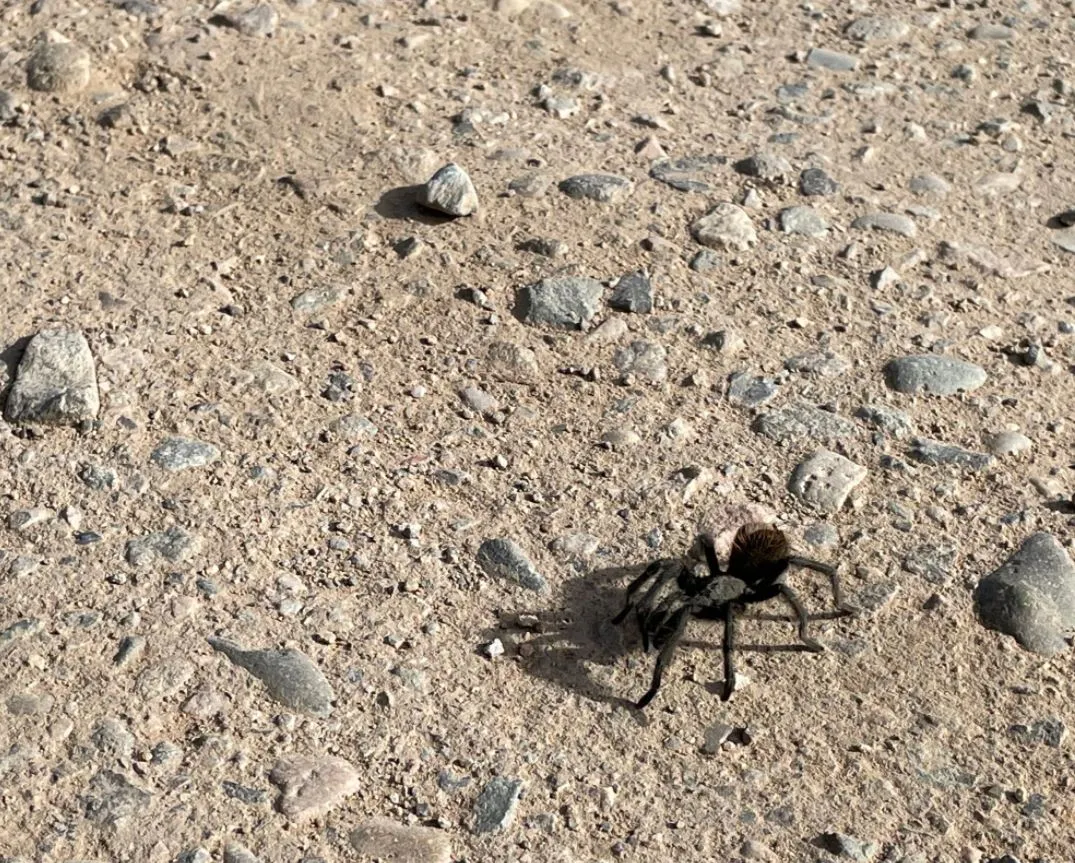
While specific spots can change year to year depending on the migration patterns, some areas consistently offer good viewing opportunities. In the Comanche National Grassland, exploring the side roads and trails away from the main highways often yields great results. A good starting point is the Vogel Canyon, where you can often find a concentration of tarantulas crossing the roads. To get there, take Highway 350 south from La Junta. Further east, near Las Animas, the county roads running south of the Arkansas River are known for their tarantula activity. Always use caution when driving on these roads, and be prepared to encounter tarantulas crossing the road. Near Trinidad, explore the areas along the Purgatoire River and the surrounding grasslands. Always check for any access restrictions or private property boundaries before entering any area. It’s also a good idea to have a detailed map and GPS device to navigate these remote areas.
Best Time of Day to Observe
The best time of day to observe the tarantula migration is typically during the late afternoon and early evening. This is when the temperatures have moderated from the heat of the day, and the tarantulas become more active. As the sun begins to set, they are often seen moving across roads and fields. Early morning can also provide some viewing opportunities, but the activity tends to be less intense than in the late afternoon. Avoid the hottest part of the day, as the tarantulas will often seek shelter from the sun. Planning your visit around these optimal viewing times can significantly enhance your chances of seeing the tarantula migration. Being prepared to spend several hours in the field will increase your chances of spotting these elusive creatures. Bring a flashlight or headlamp, because the migration often continues into the night, and visibility decreases as the sun goes down.
What to Bring For Tarantula Migration
When preparing for a tarantula migration viewing trip, it’s essential to pack the right gear and supplies. Since you’ll be spending time outdoors, comfortable walking shoes or boots are a must. Dress in layers, as temperatures can fluctuate throughout the day, and long pants are recommended to protect your legs. Bring plenty of water to stay hydrated, especially during warmer weather. A hat, sunglasses, and sunscreen are essential for protecting yourself from the sun. Other useful items include a flashlight or headlamp for navigating in the evening, a camera to capture the spectacle, and a pair of binoculars for better viewing. A detailed map of the area and a compass or GPS device can help you navigate, especially in remote locations. Always bring a first-aid kit for any minor injuries, and consider packing insect repellent. A small backpack is useful to carry all your gear and keep your hands free.
Essential Gear for Tarantula Spotting
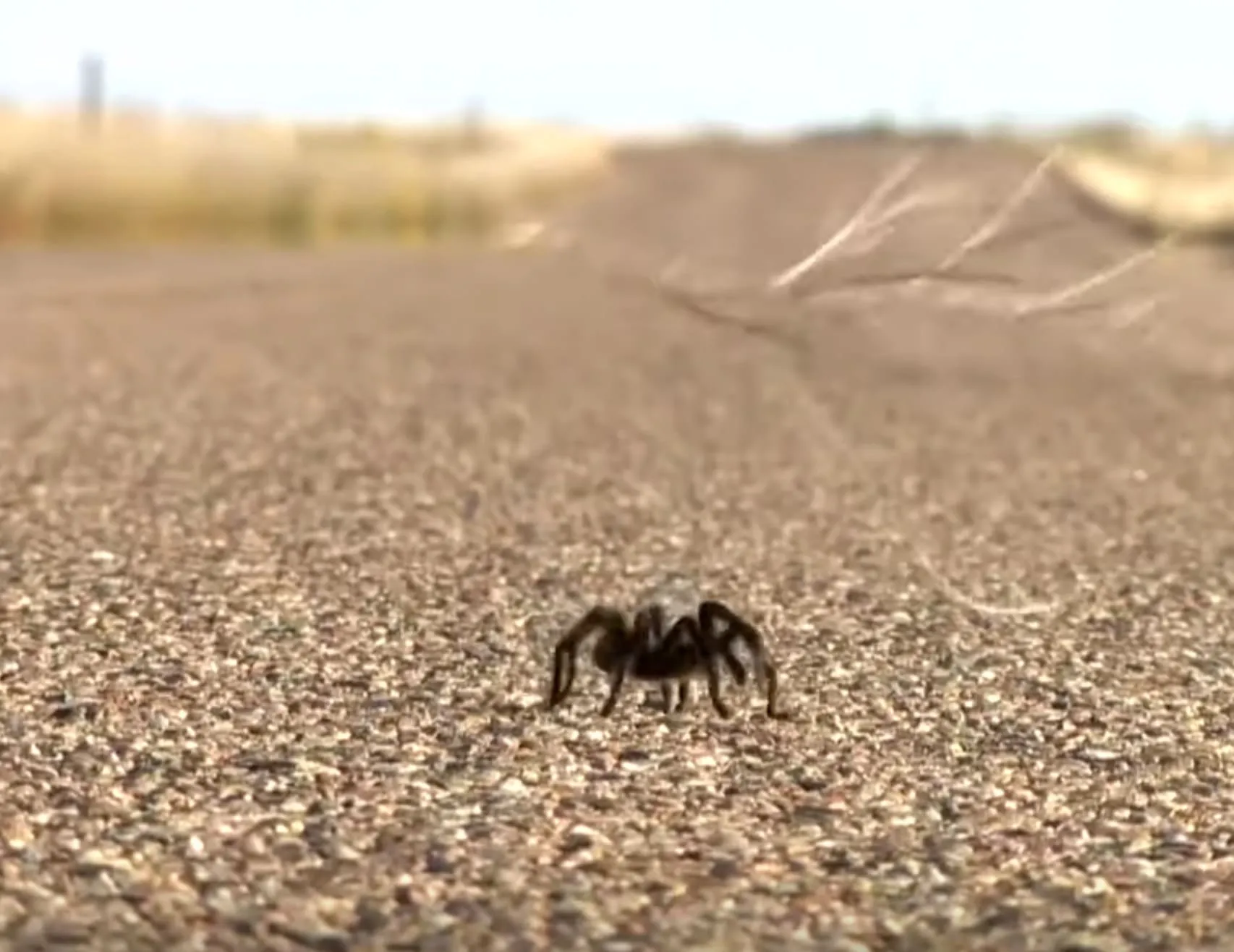
Besides basic necessities, there are specific items that can improve your tarantula-spotting experience. A good quality camera with a macro lens can capture stunning close-up photos of the tarantulas. A sturdy tripod will help you get sharper images, especially in low light. A pair of binoculars will allow you to observe tarantulas from a distance without disturbing them. A magnifying glass can be useful for examining the tarantulas up close, but remember to observe them from a safe distance. Consider bringing a field guide to help you identify different species of tarantulas and other wildlife you might encounter. A notebook and pen are helpful for recording your observations. If you plan to spend the night, you’ll need camping gear, including a tent, sleeping bag, and cooking equipment. Make sure to pack out everything you bring in, and leave the area as you found it. Be prepared for changing weather conditions, and always prioritize your safety and the safety of the tarantulas.
Safety Precautions
When observing the tarantula migration, safety should always be your top priority. Tarantulas are venomous, but their bite is not typically dangerous to humans. Avoid handling or provoking them to prevent any potential bites. Keep a safe distance and observe them from afar. Be aware of your surroundings, as you’ll be in a natural environment, and there may be other wildlife, such as snakes or scorpions. Always inform someone of your plans and let them know where you’ll be. If you’re hiking or walking, watch out for uneven terrain and potential hazards. Stay on marked trails whenever possible. Be cautious when driving, especially at dusk and dawn, as tarantulas may be crossing the roads. If you encounter a tarantula on the road, slow down and drive carefully. Pack a first-aid kit and know how to use it. Always respect the environment and leave no trace of your visit.
Respecting the Tarantulas and Environment
Respecting the tarantulas and their environment is crucial for ensuring that this amazing natural phenomenon continues for generations to come. Avoid disturbing the tarantulas or their burrows. Do not handle them, as this can stress them out and put you at risk of a bite. Stay on established trails, and avoid trampling vegetation. Do not litter, and pack out everything you bring in. Be mindful of noise levels, as excessive noise can disturb the wildlife. Do not use flash photography, as the bright light can temporarily blind the tarantulas. If you’re driving, stay on designated roads and avoid driving through sensitive habitats. Educate yourself and others about the tarantulas and their importance in the ecosystem. By practicing responsible wildlife viewing, you can help protect the tarantulas and their habitat, ensuring that future generations can enjoy this incredible natural event. Advocate for the protection of natural areas where the migration occurs.
Photography Tips
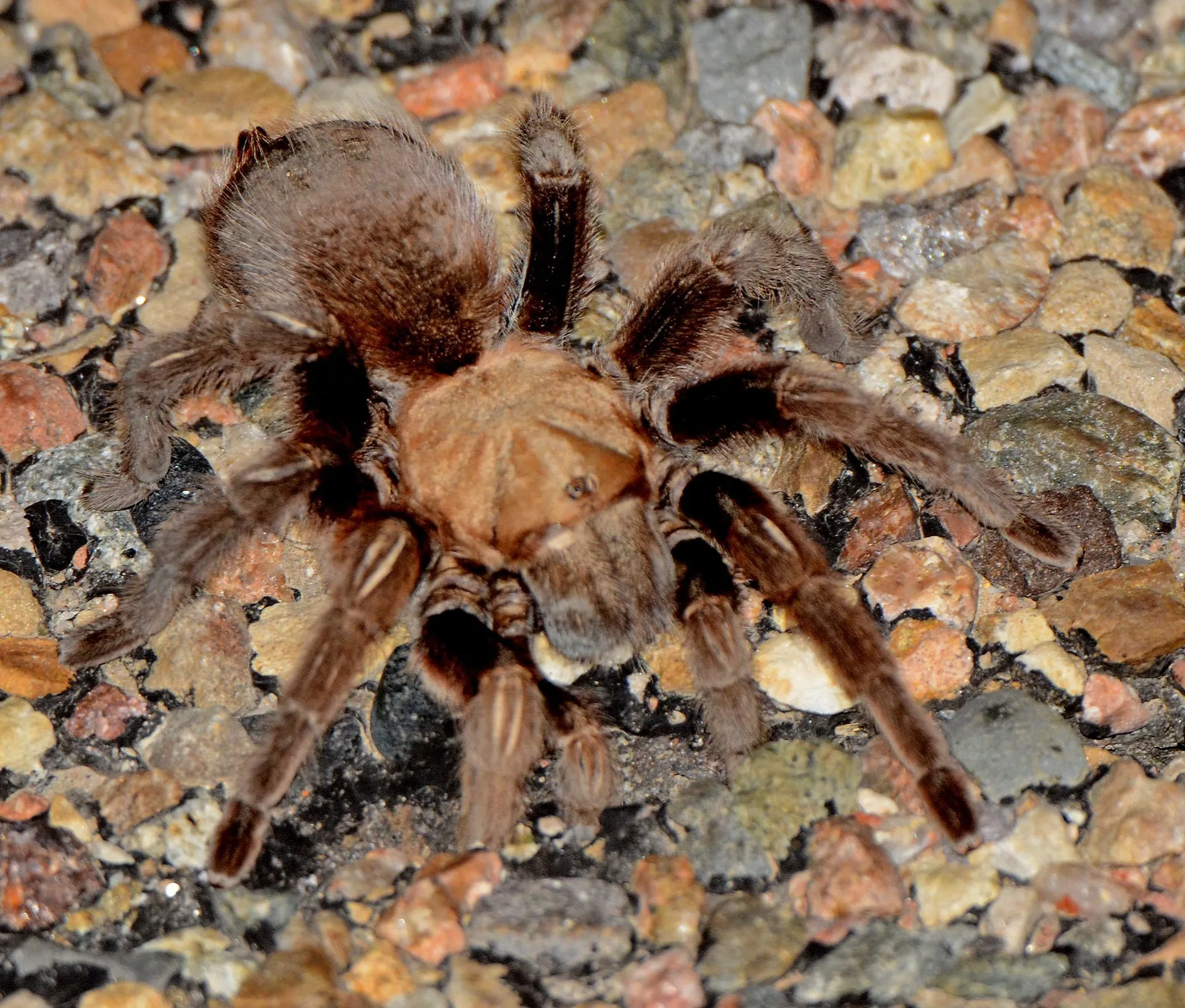
If you’re planning to photograph the tarantula migration, there are a few tips to help you capture stunning images. Use a camera with a macro lens to capture the intricate details of the tarantulas. A wide aperture (low f-number) will help you create a shallow depth of field, blurring the background and making the tarantula the focal point. Use a tripod to stabilize your camera, especially in low-light conditions. Focus on the tarantula’s eyes to ensure they are sharp and in focus. Experiment with different angles and compositions to create interesting shots. Consider the lighting conditions, and try to shoot during the golden hours (shortly after sunrise or before sunset) for the best light. Be patient, and wait for the tarantulas to be in a favorable position. Don’t use flash photography, as it can disturb the tarantulas. Practice your photography skills, and be ready to adjust your settings quickly. Editing software can help you refine your photos.
Capturing the Tarantula Migration
Capturing the tarantula migration in photographs requires patience, skill, and respect for the subject. To get great shots, approach the tarantulas slowly and carefully, and avoid making sudden movements that might startle them. Get down on their level to capture the perspective of the tarantulas, providing a unique view. When using a macro lens, focus on the eyes and hairs to highlight their unique features. Experiment with different shutter speeds and apertures to control the depth of field and the amount of light captured. Use natural light whenever possible, and avoid using flash photography. Instead, try using a reflector or diffuser to soften the light. Think about the composition and framing of your shots, considering the background and other elements. Capture the tarantulas in their natural environment, showing their interaction with the landscape. Remember that wildlife photography is about respecting the animals and capturing their behavior in an ethical manner. Always be mindful of the tarantulas’ well-being and avoid causing them any harm or stress. By taking the time to practice, you’ll be able to take some remarkable photos of this fantastic event.
Equipment and Settings
The right equipment and camera settings are essential for photographing the tarantula migration effectively. A DSLR or mirrorless camera with a macro lens is highly recommended. A macro lens will allow you to get close to the tarantulas and capture their intricate details. A tripod is crucial for keeping your camera steady, especially in low-light conditions. Use a remote shutter release or the camera’s self-timer to avoid camera shake. Set your camera to manual mode to have full control over the settings. Use a low aperture (f/2.8 to f/5.6) to create a shallow depth of field and blur the background. Adjust the ISO setting based on the lighting conditions, and keep it as low as possible to reduce noise. Set the white balance to match the lighting conditions. Choose a fast shutter speed to freeze the movement of the tarantulas, and be ready to adjust these settings on the fly as the lighting changes. Practice your settings to have your camera ready when the perfect moment arrives. Always review your photos and adjust your settings as needed.
Other Wildlife to Look for During the Migration
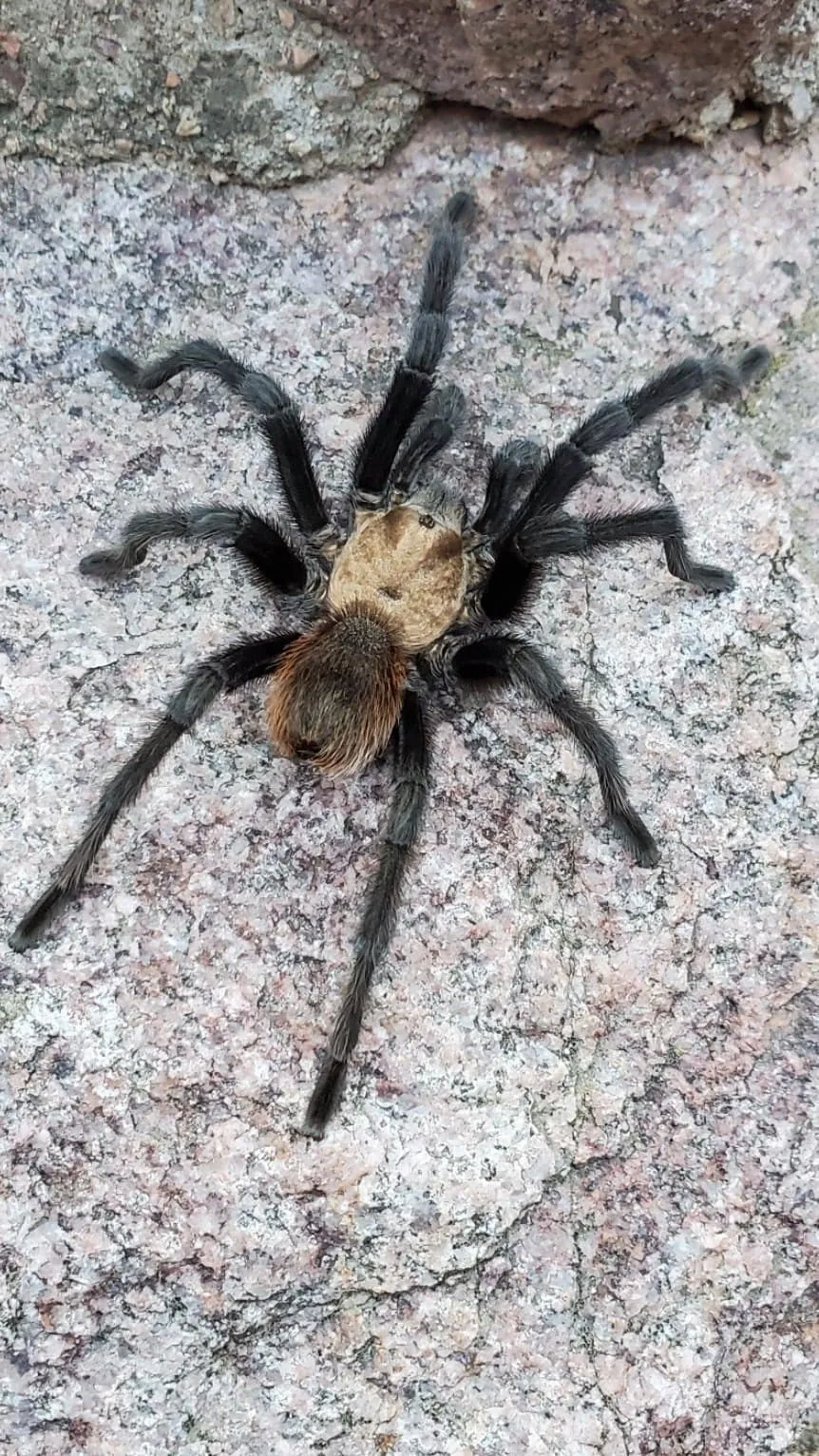
The tarantula migration is not the only wildlife spectacle that occurs during this time. Many other fascinating animals can be observed in the same areas. Keep an eye out for birds of prey, such as hawks and eagles, which hunt the tarantulas. You might also spot snakes, lizards, and other reptiles. Various mammals, including coyotes, prairie dogs, and deer, are often present in the same habitats. Butterflies, grasshoppers, and other insects are also abundant. The diversity of wildlife makes the tarantula migration an even richer experience. Bringing binoculars or a spotting scope will help you observe the wildlife from a safe distance. Take a field guide to identify the different species you encounter, and be prepared to take some notes. Remember to be respectful of all wildlife and to avoid disturbing them. The tarantula migration provides a perfect opportunity to observe the interconnectedness of nature and appreciate the beauty of the ecosystem.
